Photos taken by Kennedy Campbell (Kalamazoo College), Student Correspondent for CET Brazil, Fall 2024
Day 2
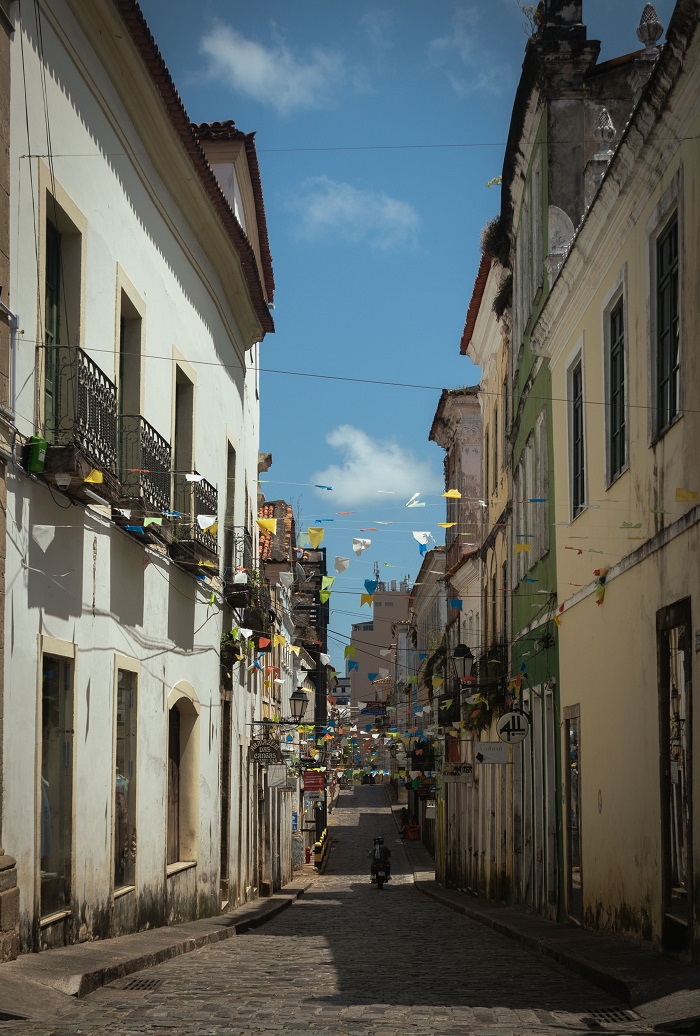
On Sunday, we took a guided tour through the historic district of Salvador, known as Pelourinho. This area, the old center of Salvador de Bahia, is home to many historical landmarks that reflect the city’s rich past. Our guides explained that the district has deep ties to the colonial era and its history of slavery. While the vibrant pastel-colored buildings add to the neighborhood, our guides also emphasized the significant housing displacement caused by the reconstruction of the area. Later that day, we visited other sites, including the Igreja Nosso Senhor do Bonfim and the Igreja e Convento de São Francisco.
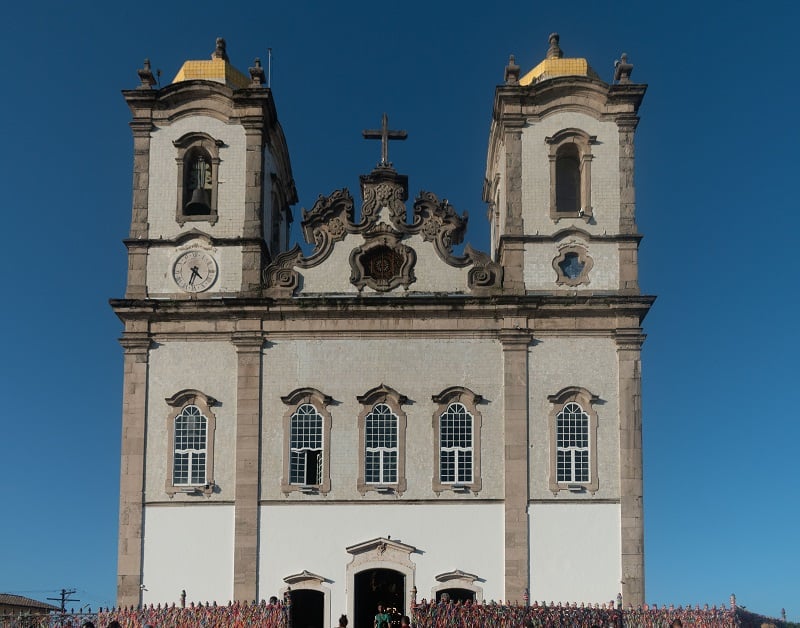
Day 4
On Tuesday, we visited São Joaquim Market early in the morning. Our guide explained that this market not only offers a wide variety of fruits, vegetables, meats, and household goods, but it also features many items used in Candomblé ceremonies. After exploring the market, we participated in an Afro-Brazilian cuisine workshop, where we learned to prepare moqueca, a popular local dish, followed by lunch.
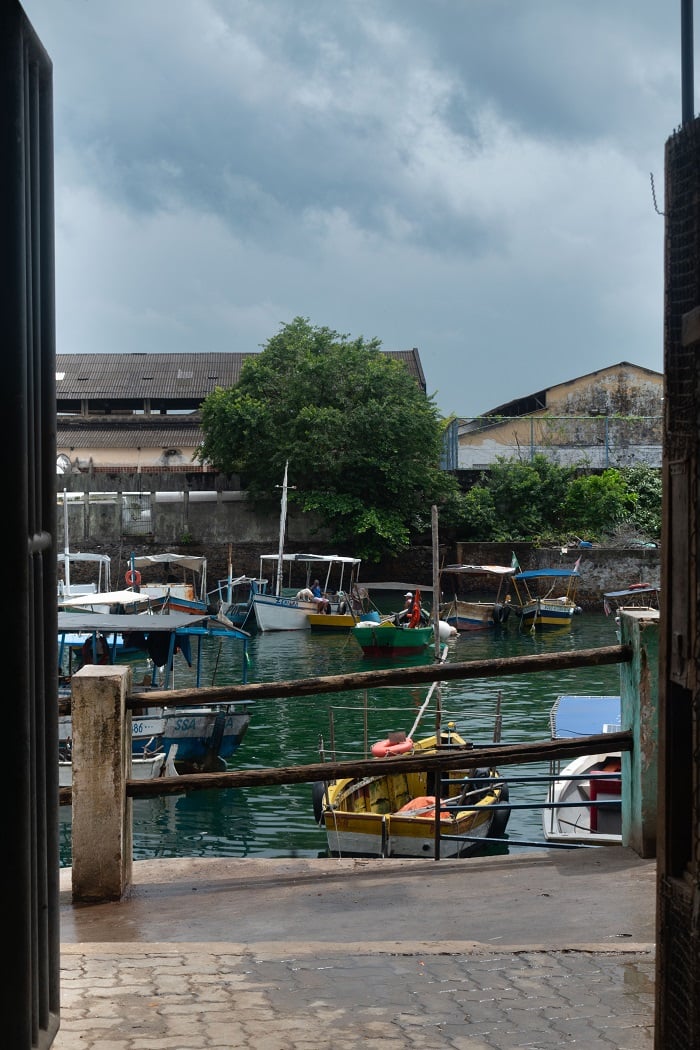
Later in the evening, we attended an African Catholic mass at Nossa Senhora do Rosário dos Pretos church. A historic church in the city played a critical role in political activism, particularly in the movement to abolish slavery in Bahia. Another important aspect of the church’s history is its embrace of religious syncretism. During a time when African spiritual traditions were demonized by colonial powers, the church provided a space where African beliefs could blend with Catholicism. This blending of traditions is another example of how Afro-Brazilians resisted cultural erasure and maintained their identity despite immense pressure to assimilate.
Day 5
Acervo da Laje is a community-focused cultural center that promotes artistic expression, particularly in the peripheral neighborhoods of Salvador. Its location in the city’s outskirts is intentional, making it accessible both physically and financially to underrepresented communities.
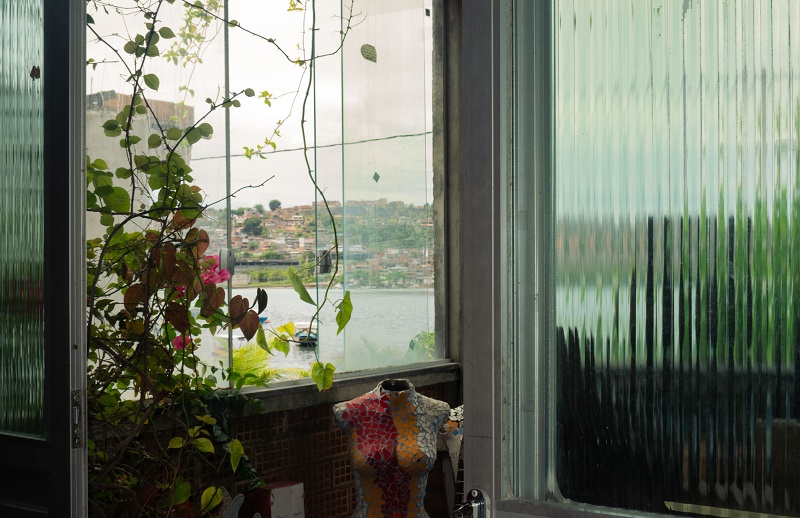
The center’s mission goes beyond simply addressing vulnerability; it aims to foster empowerment by providing a space where art can serve as a vehicle for social and political expression. When individuals bring their artwork to the center, it highlights giving a voice to marginalized perspectives through creative expression.
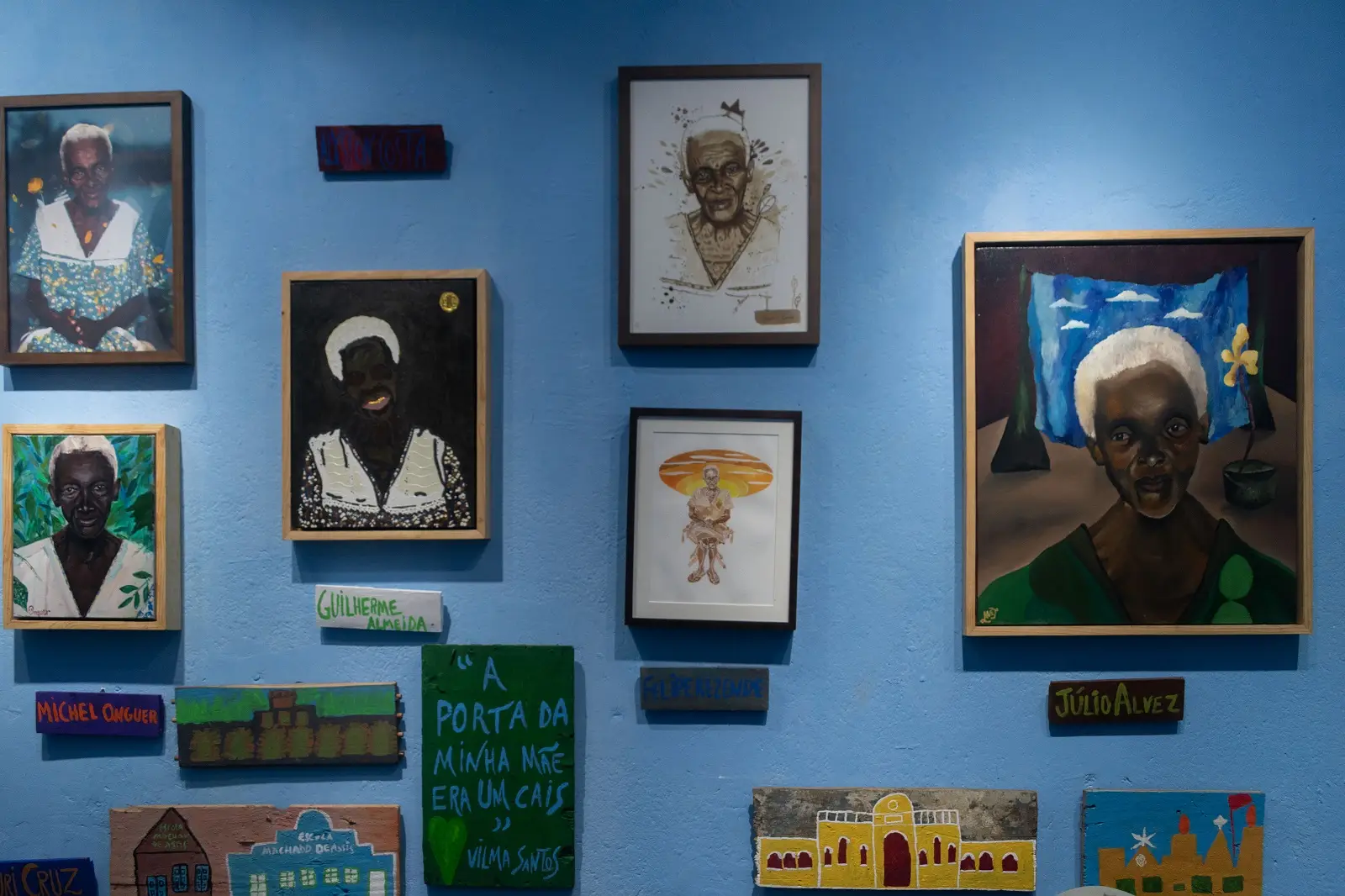
One of the exhibitions we visited as a group, titled “Memories for Dona Antônia,” was a tribute to Dona Antônia, the mother of Vilma, one of the central figures behind Acervo da Laje. Dona Antônia played an important role in the community, and the exhibition celebrated her legacy by showcasing works that reflect the deep cultural and historical ties within the neighborhood. Through such exhibitions, Acervo da Laje honors the contributions of local figures while also creating space for contemporary artistic dialogue and community engagement.
Day 6
On Thursday, we traveled approximately two hours outside of Salvador to visit the Quilombos of Kaonge and Dendê, communities established by descendants of enslaved Africans who escaped and formed their own settlements, known as quilombos. These communities have preserved many aspects of their ancestral traditions and cultural heritage
At Kaonge, a community member demonstrated their sustainable oyster farming techniques. They use traps made from recycled plastic bottles, which not only promote environmental sustainability but also improve the safety and efficiency of the harvesting process. This method exemplifies the community’s commitment to eco-friendly practices while preserving their traditional livelihoods.
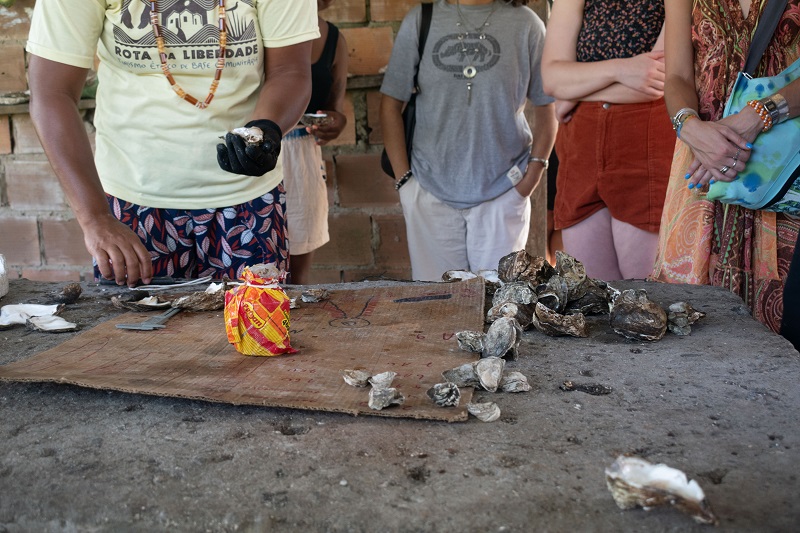
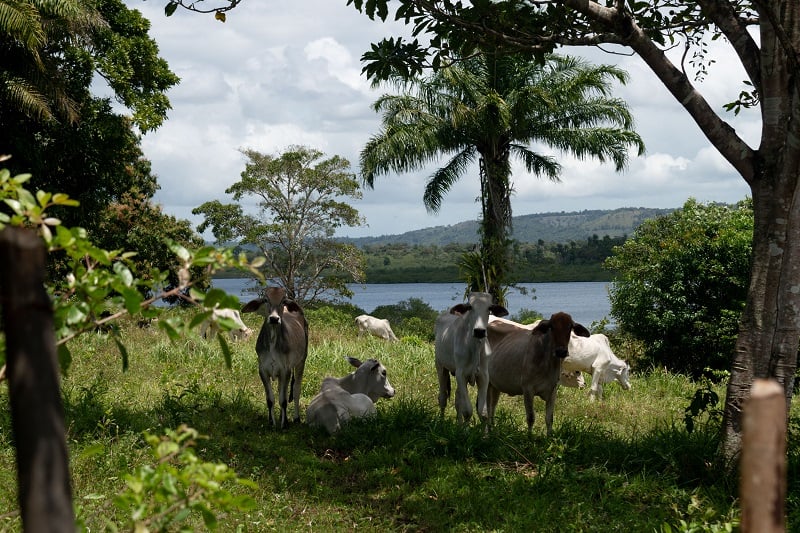
In Dendê, where we spent the majority of the day, we attended a hands-on workshop on the production of farinha (manioc flour) and dendê oil, two staples of the local diet and economy. The workshop provided a detailed explanation of each step in the production process, emphasizing the religious and cultural significance of these practices. Farinha and dendê oil are not only important food items but also carry deep spiritual meaning within the community, reflecting the blend of African and Brazilian traditions that have been passed down through generations.
Source link
All Materials on this website/blog are only for Learning & Educational purposes. It is strictly recommended to buy the products from the original owner/publisher of these products. Our intention is not to infringe any copyright policy. If you are the copyright holder of any of the content uploaded on this site and don’t want it to be here. Instead of taking any other action, please contact us. Your complaint would be honored, and the highlighted content will be removed instantly.
